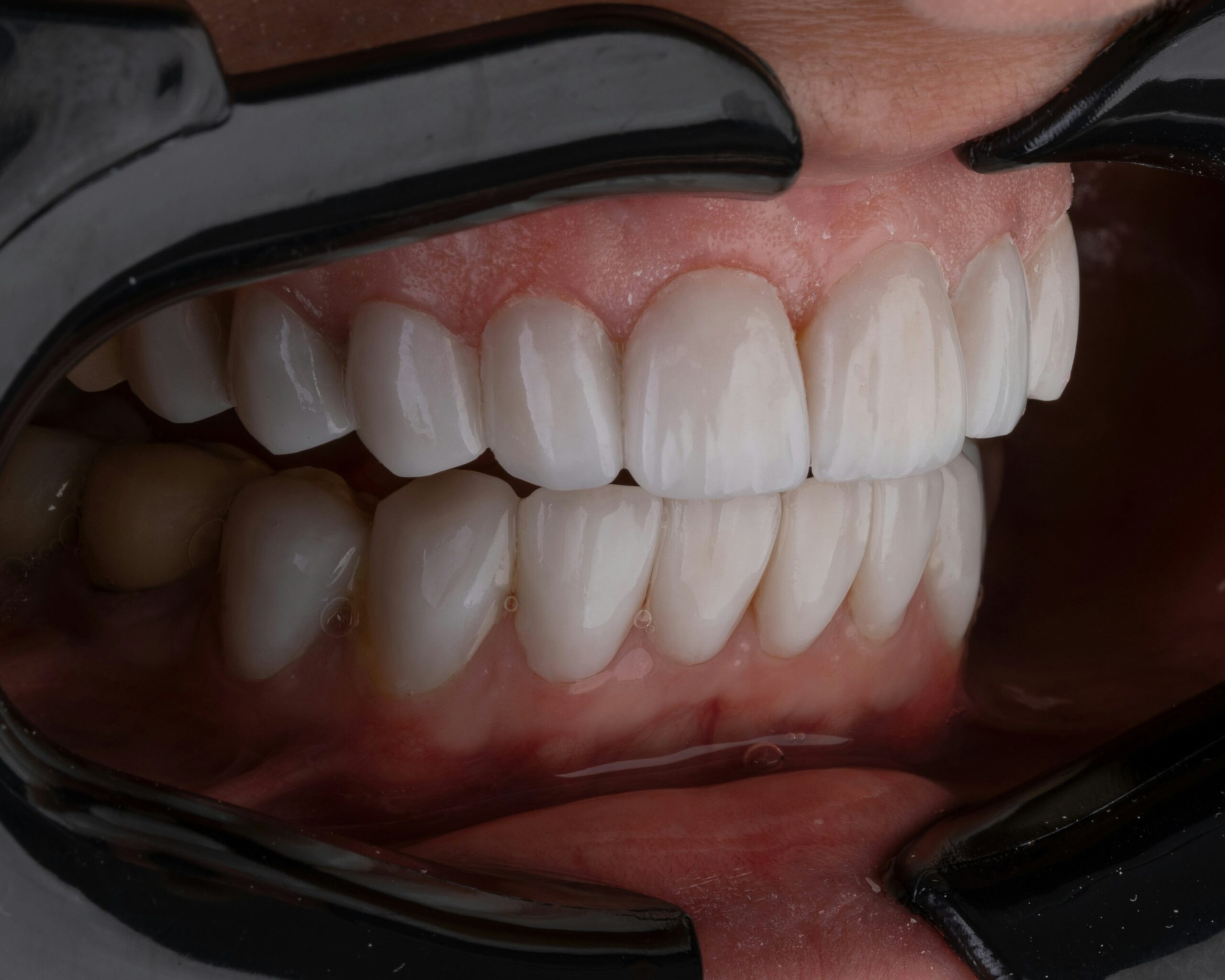Whenever we eat or drink, our teeth get coated with a sticky coating called dental plaque. The formation of dental plaque starts almost immediately after the routine oral hygiene care (tooth brushing and flossing), where teeth get coated with a clear glycoprotein derived from the saliva and diet. This glycoprotein gets colonized with oral bacteria, eventually developing to become a complex microbial community on the tooth surface. The bacteria in the dental plaque thrive in this complex biofilm, producing acids that dissolve the tooth enamel, toxins that initiate gum disease and so forth. The effects are worse when plaque is allowed to stay on the teeth for an extended period of time as this can cause tooth decay, which eventually eats away the tooth’s enamel and cause a cavity.
Regular brushing and flossing does a lot to clean away the plaque, but brushing only can’t always remove it completely. Periodic dental cleanings done by a professional (dentist suggest them twice a year) give teeth a more thorough cleaning, helping prevent the chances of cavities and gum disease.
Despite the known benefits of routine dental cleaning, many people tend to stay away from scheduling regular dental cleanings. This is because of the many myths that keep popping up in various social media platforms. There are those who imagine that dental cleaning is a painful procedure, while others think the process will harm their teeth.
In reality, the methods and products used during dental cleaning have all been proven to be safe. The side effects one might feel after a cleaning are short-term and go away quickly.
What is dental cleaning, and how is it done?
A professional dental cleaning starts with the dentist using metal instruments to scrape and scratch off tartar and plaque from the surface of the teeth. This is known as dental scaling.
The harder the layer of plaque or tartar, the more vigorously the dentist will need to scrape. This leads to some people believing that the procedure will also scrape away the hard enamel on the outside of the tooth.
Although sometimes it might feel like the teeth are being scraped too hard, tooth enamel is very strong and can’t be scratched or chipped during a normal cleaning. Remember, the longer you stay away from seeking regular dental cleaning, the plaque tends to hold firmly on the tooth surface hence requiring vigorous scraping. More frequent cleanings mean less plaque, and therefore less pressure applied when scaling the teeth.
Tooth Polish
After the scaling process to remove plaque and tartar, the dentist will polish the teeth. This is done with an electronic instrument—usually a slow-speed dental drill with a rubber/ brush attachment. It is a lot like brushing with an electric toothbrush but offers a deeper cleaning than can be done at home.
The toothpaste used at the dentist office is more commonly called prophylaxis paste. It is mixed with pumice, which is a gritty substance made from volcanic rock. It’s this grittiness that concerns some patients. They wonder if the abrasive toothpaste could scratch or damage the enamel.
The polishing paste aid in scrubbing away the plaque that wasn’t removed during scaling. It’s also good at whitening teeth by removing surface stains left behind by things like coffee and red wine. It is not strong enough to break through the enamel.
The after effects of dental cleaning.
After a dental cleaning, the teeth obviously feel different. The cleaning usually lightens and whitens teeth by removing both plaque and tartar. The teeth may also feel extra smooth from the polishing. These effects can cause concerns by making people wonder if the dental cleaning actually damaged their teeth.
If someone had never been to the dentist or stayed away for years, the dentist may at times use high pressure to scrape away the plaque and tartar, this could leave the teeth and gums feeling sensitive. This might be especially noticeable the first time a person eats afterward. This is normal and shouldn’t last more than an hour or so.
During the procedure, a patient’s gums may bleed. This can happen during scaling near the gums or when the dentist flosses after polishing. This is also normal, especially when flossing isn’t done regularly, and in no way means the teeth or gums have been damaged.
Some people might feel as if there is a gap between two teeth. This does not mean that the enamel has been chipped away. The tools used during a routine cleaning aren’t able to damage teeth in that way. Instead, it is more likely that there had been a buildup of plaque between the teeth. Once it is removed during the cleaning, it can feel as if the space is bigger than it should be.
Don’t let myths keep you from a professional dental cleaning
Dental cleanings, when performed by a professional at the dentist’s office as part of a regular checkup, are perfectly safe. They are a basic part of good dental care that will help keep a patient’s teeth healthy and reduce the chance of cavities.
If you do have concerns that a dental cleaning will damage teeth, discuss them with your dentist. They will be able to answer your questions and ease your fears.
If you haven’t had a dental cleaning for a while consider scheduling an appointment with Supreme Smiles Avenue Dental Center. Dr. Sibuti Riro is an experienced periodontist with enormous experience, knowledge and skill to address all your concerns.
Dr. Sibuti Riro is a consultant Periodontist at Supreme Smiles Avenue Dental Center located in Kilimani along Tigoni Road directly opposite Naivas Kilimani entrance. He can be reached via 0721568972
